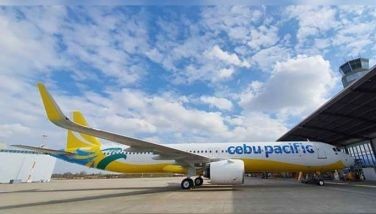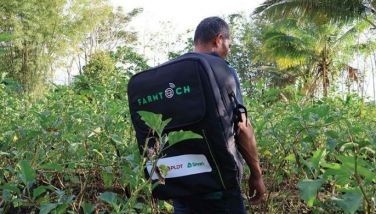DOTC mulls Seoul bus system for C-5, Ortigas
MANILA, Philippines - The Department of Transportation and Communications (DOTC) is looking at replicating the bus system reform in Seoul, South Korea and initially implementing it in C-5 and Ortigas as part of efforts to address heavy traffic along major thoroughfares particularly along EDSA.
Transportation secretary Joseph Emilio Abaya said the agency is getting inputs from Dr. Gyengchul Kim who conducted the Seoul Bus Reform Program.
“Dr. Kim, father of bus reform program in Seoul, is now with us and we are carefully listening to his advice on the bus system,” he said.
According to Abaya, the agency is initially looking at implementing the reform at C-5 and the Ortigas area. “In C-5, we’ll do a high capacity bus system as a pilot to see how that develops. We’ll also do an experiment in Ortigas,” Abaya said.
Under the planned reform, the government would pay bus companies in the route wherein the bus would have to leave on time whether or not there are passengers.
“This will change the bus service because in this way the government will pay the bus company. The bus has a schedule and the driver will get paid a uniform rate so there is no incentive to drive recklessly. That’s the same program Seoul undertook,” Abaya said.
The DOTC is looking at implementing the project in tandem with the bus rapid transit (BRT) system being undertaken in Cebu City.
The DOTC is in the process of tapping a technical support consultant for the proposed WB-funded BRT system in Cebu City.
In cooperation with the Cebu City government, the DOTC intends to develop and construct the country’s first ever bus rapid transit system in the area. The transport system features 176 buses that would run through dedicated and exclusive bus-ways from Bulacao to Talamban in Cebu, with a link to Cebu’s South Road Property.
The system would serve an estimated 330,000 passengers per day when it starts operations in 2018. The bus system would traverse Cebu City’s business districts, residential areas, shopping centers and key tourist sites.
The system would have 33 stations along the corridor, with buses arriving at each station every two minutes to five minutes.
The Department of Finance and the World Bank signed a $141-million loan deal to finance the Cebu BRT last Oct. 14. Of the total amount, about $116 million would be sourced from the International Bank for Reconstruction and Development (IBRD) and $25 million from the Clean Technology Fund (CTF).
- Latest
- Trending




























